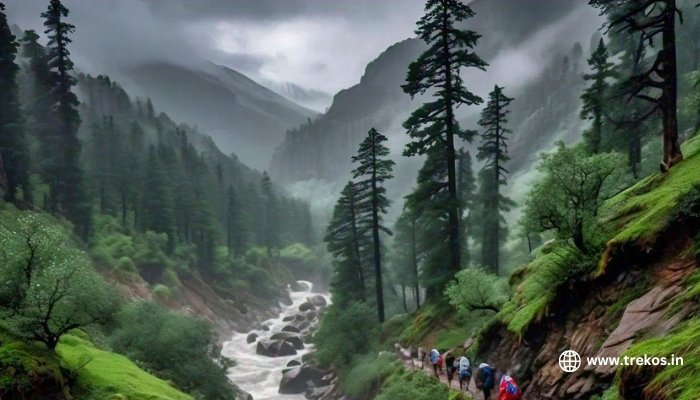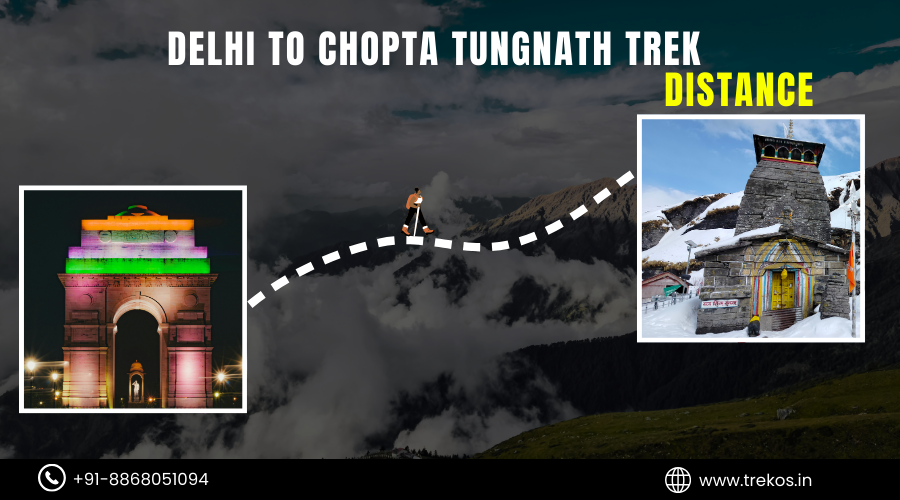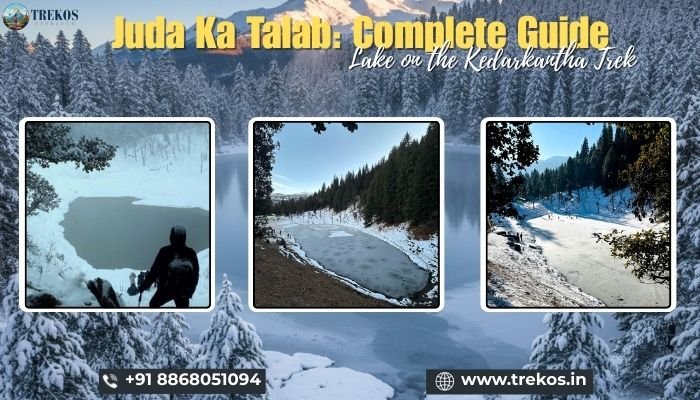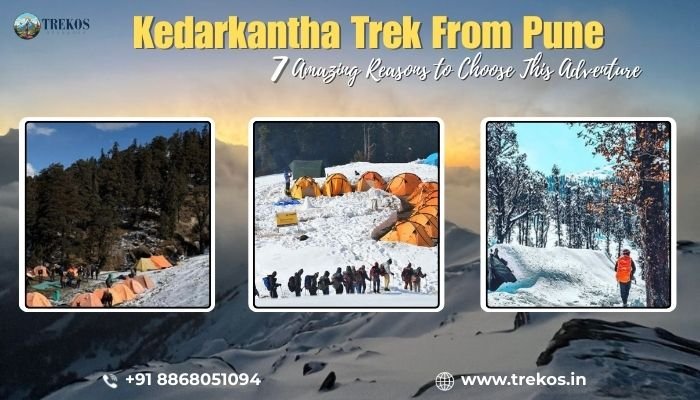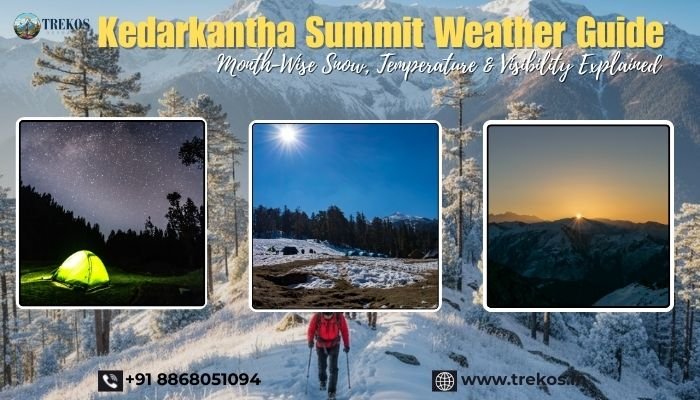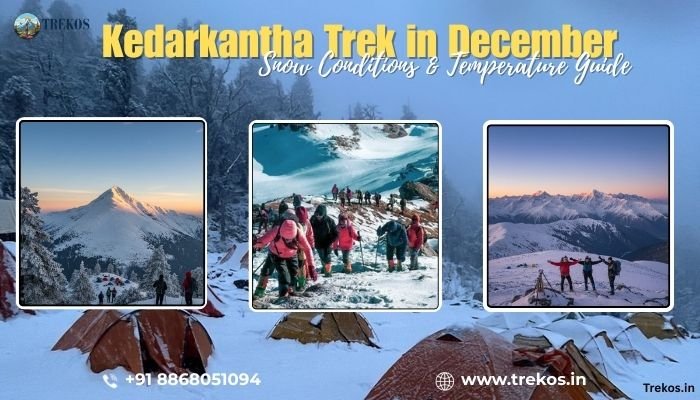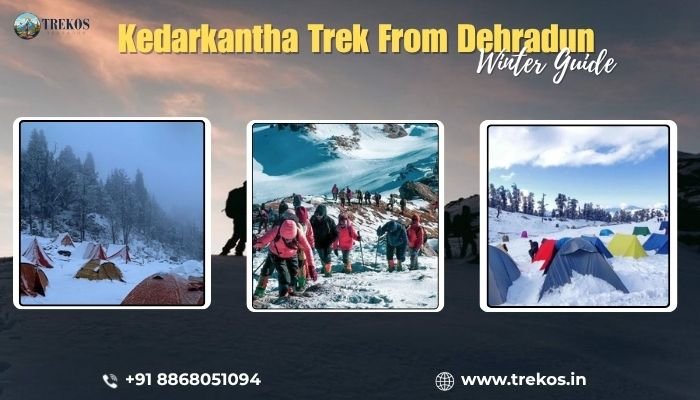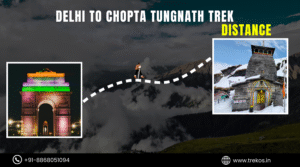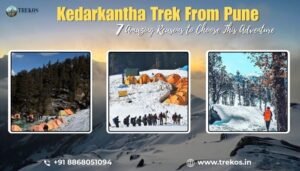Best Time To Do For Pin Parvati Pass Trek
The Pin Parvati Pass trek is one of the most adventurous and scenic trails in the Indian Himalayas stretching from the lush greenery of the Parvati Valley in Kullu to the stark desert landscapes of Spiti Valley in Himachal Pradesh. This is a challenging yet rewarding trek at 5,319 meters. It has a great mix of stunning alpine forests glacial lakes and mountain vistas. Knowing the best time to do for Pin Parvati Pass Trek is very important because the most optimum time of the year could affect the safety and enjoyment of the journey.
| Description of Pin Parvati Pass Trek | |
| Starting Point | Barshaini |
| Ending Point | Mud Village |
| Duration | 10-12 days |
| The best time to visit | Monsoon Season (July- December) |
| Moderation level | Difficult |
| Altitude | 17,450 ft. |
| Extended Distance | 112km |
Why the Best Time to Do for Trek Matters
Since the elevation of the trek as well as the unpredictable weather conditions, a challenging trek at Pin Parvati Pass determines the appropriate time for that in a manner that has the most significant potential impact on your experiences. Even though such a trek may be attempted in several seasons, the best time to do for pin parvati pass trek generally occurs during July to September when the snow has melted from the trails as well as temperatures are manageable. To fully enjoy the journey and make the most out of the trek, here’s the breakdown of months that make up the best time to do for Pin Parvati Pass Trek.
Peak Trekking Season: July to September
July – Beginning of the Trekking Season
July is the start of a trekking season for Pin Parvati Pass. The snow has quite melted down, and with significant experience in trekking, one can go along the route, however, some stretches are slippery on ice. Additionally, July coincides with the monsoon season, so you should be prepared for rain, especially while descending the lower Parvati Valley.
Weather: It can be 10 to 15°C during the day and goes as low as 0 to 5°C at night. With all the rain, the valleys look rich green, but it does get muddy and slippery.
Crowd: July is a low season month and thus ideal for those who wish to avoid crowds of other trekkers.
Precautions: Take waterproof stuff, with rain jackets and waterproof bags because the rain follows some unfathomable pattern. Good grip trekking shoes are a must as most of the trails remain muddy.
August – Mid-Monsoon and Green Valleys
August is still in the monsoon period and is a good time to trek as all things are still green and beautiful. Some of the trekkers hate August due to rains, while others are attracted by the lush, rain-washed landscapes, particularly from the Kullu side.
Weather Conditions: Like July, day temperature would be around 10°C to 15°C, and night would reach up to 0°C to 5°C. You would see lush-greenery all over, picturesque waterfalls, and many more things while walking.
Crowd: It is moderately crowded, but lesser compared to those along the streams. So, it will be a more peaceful walk.
Precaution: It’s a rain-sensitive trek, and when it rains, the places will become dirty mud beds. If you are not okay with slippery paths, you can take trekkers’ poles along with you.
September – Best Time to Do for Pin Parvati Pass Trek
September remains the best time to do for Pin Parvati Pass Trek. The rains have now retreated, and the skies are much clearer, so the entire landscape shines after the delayed monsoon season. These months offer a mix of clear skies, crisp air, and breathtaking mountain views and tend to be climatically stable.
Weather: The daytime temperature ranges between 10°C to 15°C, while it may get as low as -5°C at higher altitudes. In such dry trails, trekking becomes easy and the chances of landslides relatively far, which would improve the overall security of trekking.
Crowd: The September is the peak month of trekking because of those coming from almost every corner of the world and turning up there. Though you may face more crowds on trails, a lively trekking community does enhance the spirit of the journey.
Highlights: Best time to do for Pin Parvati Pass Trek is in the month of September as it offers great views and the weather and conditions come out excellent.
Off-Season Challenges (October to June)
Though July to September is at its best to do for trek, other months bring challenges that make the trek more difficult or even unsafe. Let’s take a look at why these off-season months are, in general, avoided:
October to November- Winter season
The month of October brings cooler temperatures and starts showing its initial signs of snow fall, that makes the trek rugged. In the month of November, critical snowfall occurs, making it unsafe for anyone to tread the trail.
Weather Conditions: Maximum Day temperature reaches up to 5°C, and the temperature would be minus for the whole night. The accumulation of snow and ice eventually make the trail harmful for amateur hikers.
Trail Conditions: The paths are covered with snow, which increases the chances of avalanches and makes it slippery to walk on. A trekkers try to this trek without mountaineering skills and equipment is very difficult to do.
Extreme Winter: During winter, the trail gets extreme levels of severeness of cold, heavy snowfall, and whiteouts that may not allow the access to the trail.
Weather Conditions: The temperature may drop up to -20°C or below and most of the days might be covered with wind or snow, making almost impossible to tread on without advanced skills.
Trail Conditions: Trail will be covered with thick snow, concealing dangers beneath it. Avoid using this trail during these months.
April to June – Melting Snow and Avalanches
Spring has started, and snow indeed melts; however, the conditions are unpredictable. Mud will prevail upon the trail, and ice will make it slippery at certain places and heighten the risk of avalanche in many areas.
Weather Conditions: Milder with still sleets melting. Daytime temperatures range from 5°C to 10°C, and nights may be extremely cold.
Trail Conditions: Slushy and unstable trails as they are melting, and it is not the best trek without proper gear.
Conclusion: Selection of Best Time to Do for Pin Parvati Pass Trek
Without an iota of doubt, September is the best time to do for Pin Parvati Pass Trek. The monsoon rains have all withered, hence leaving behind a refreshing landscape of perfect sun and gentle climate. July and August are also good periods to trek though the effects of rainfall make travelling and trekking troublesome. Winter months from October to June are advisable not to be here as there is ample snowfall, temperatures are quite low, and the risks of avalanches are very high. It would do well to check out trail conditions and check the weather forecast before planning to trek. The gear must be of good quality, and do not forget to pack clothes to either warm up or cool down as in a few places, it can get significantly hot by day and cold in the night. Right time to trek on Pin Parvati Pass makes a big difference in one’s experience and enjoyment from the trek.
FAQ: Best Time to Do for Pin Parvati Pass Trek
Q1. Why is September considered the best time to do for Pin Parvati Pass Trek?
A: The weather in September is quite stable, with minimum rains, clear skies, and good temperatures. The trails are firm as well as dry, and landscapes are especially beautiful, making it ideal for this time of trek.
Q2. Can I trek in October? Does October is the best time do for pin parvati pass 1trek?
A: Although possible, October is not ideal for most trekkers. The trail becomes tough and hazardous with the onset of snowfall in the higher reaches and certainly for those without mountaineering experience.
Q3. What do you expect when trekking in July?
A: The season usually starts in July, but it falls coincidentally with the monsoon rains. Be prepared for constant rain and green cover everywhere, even the trail would be muddy. Waterproof gear and good trekking shoes are a must and can be a good idea as it is the best time to do for Pin Parvati Pass trek.
Q4. How are conditions in August?
A: In August, trails might be slippery and muddy as the rains take place continuously. The Kullu valley is amazingly green during this time, offering a majestic experience but the trekkers should remain prepared for rain and trekking sticks will help them stay more stable.
Q5. What will happen if I trek in between December to March?
A: Extreme cold and heavy snow fall in winter practically makes the trek inaccessible. It becomes dangerous due to whiteouts at such times. Deep snow falls on the trails and there is a likelihood of avalanches.



